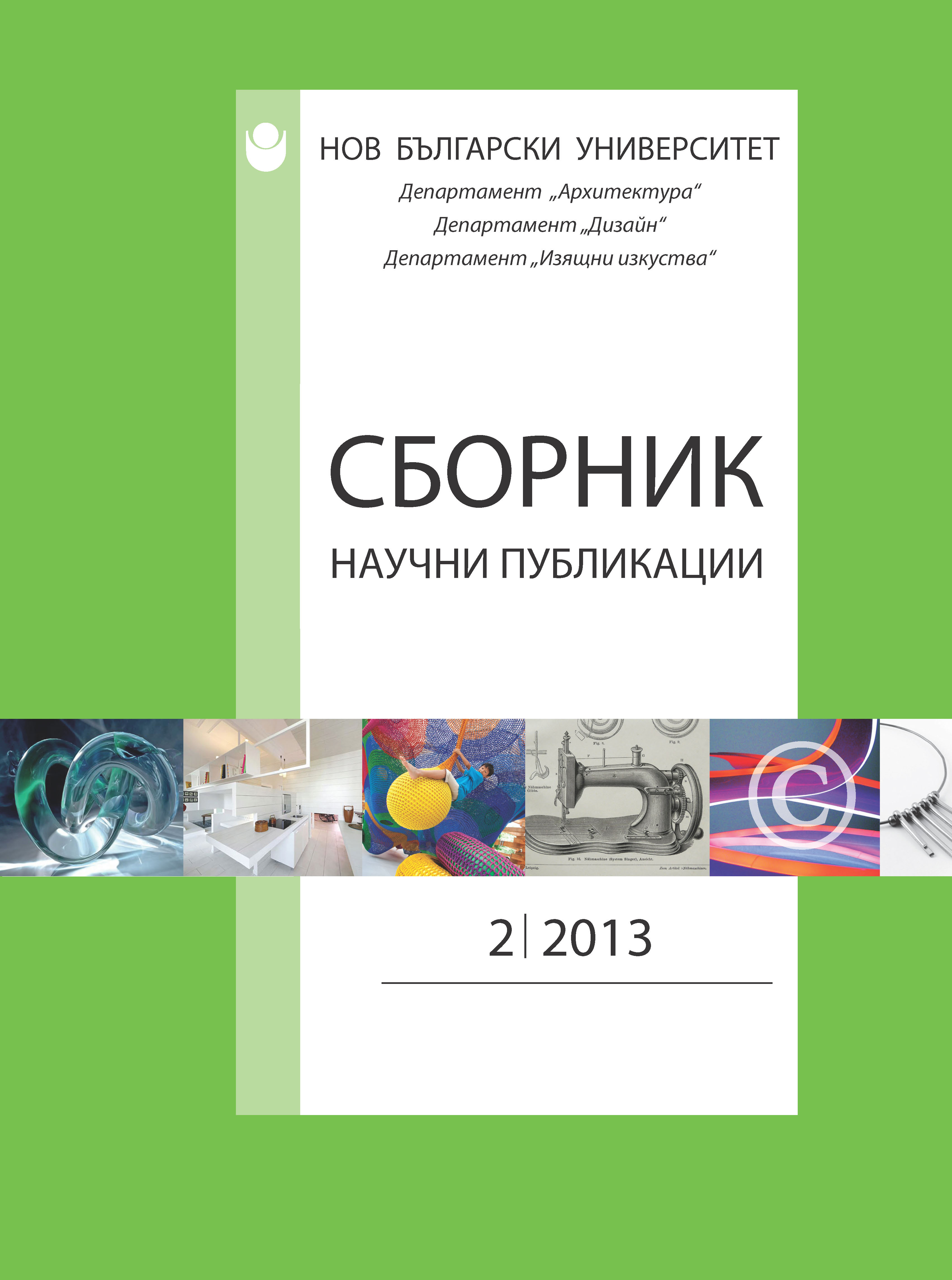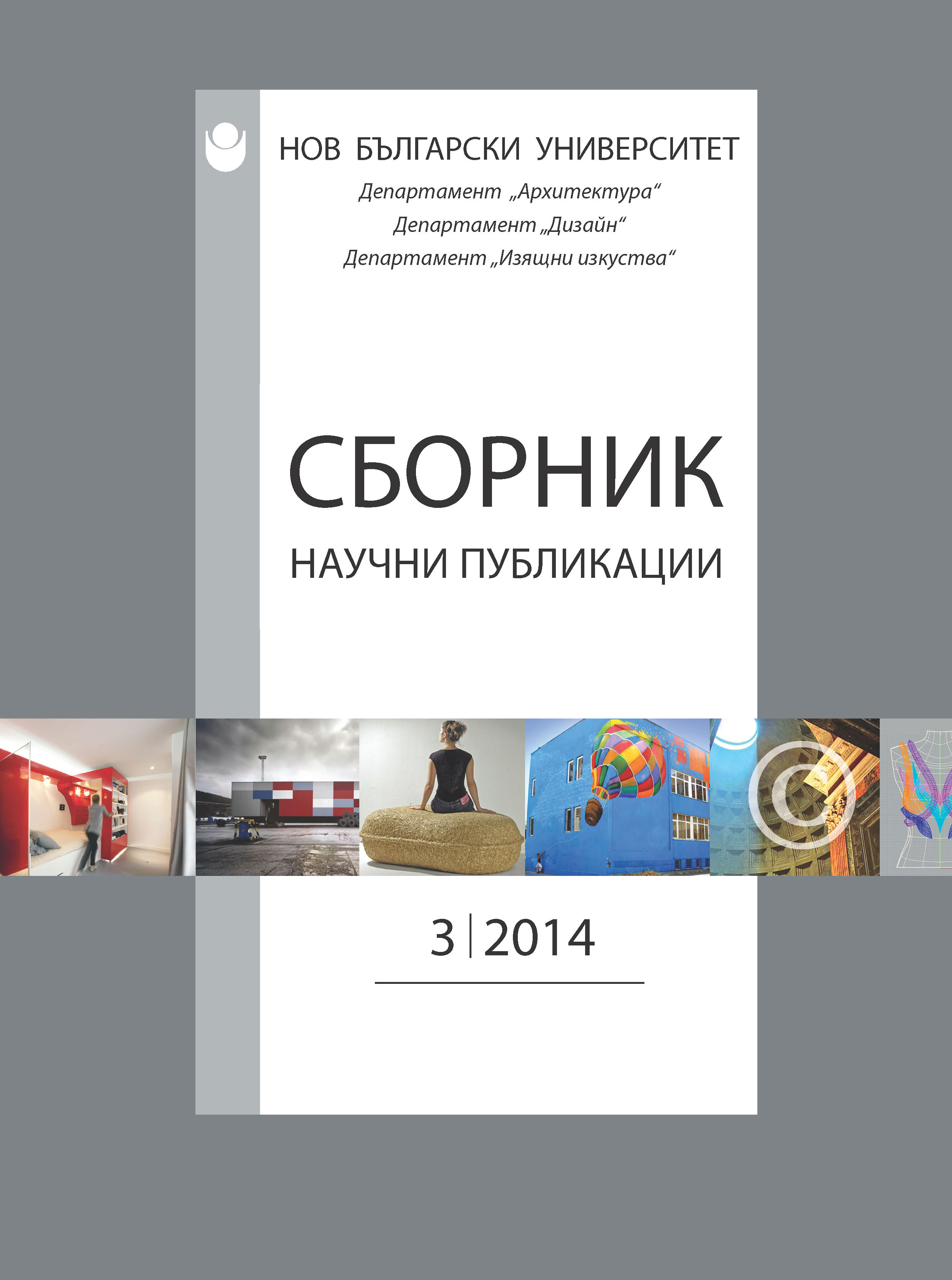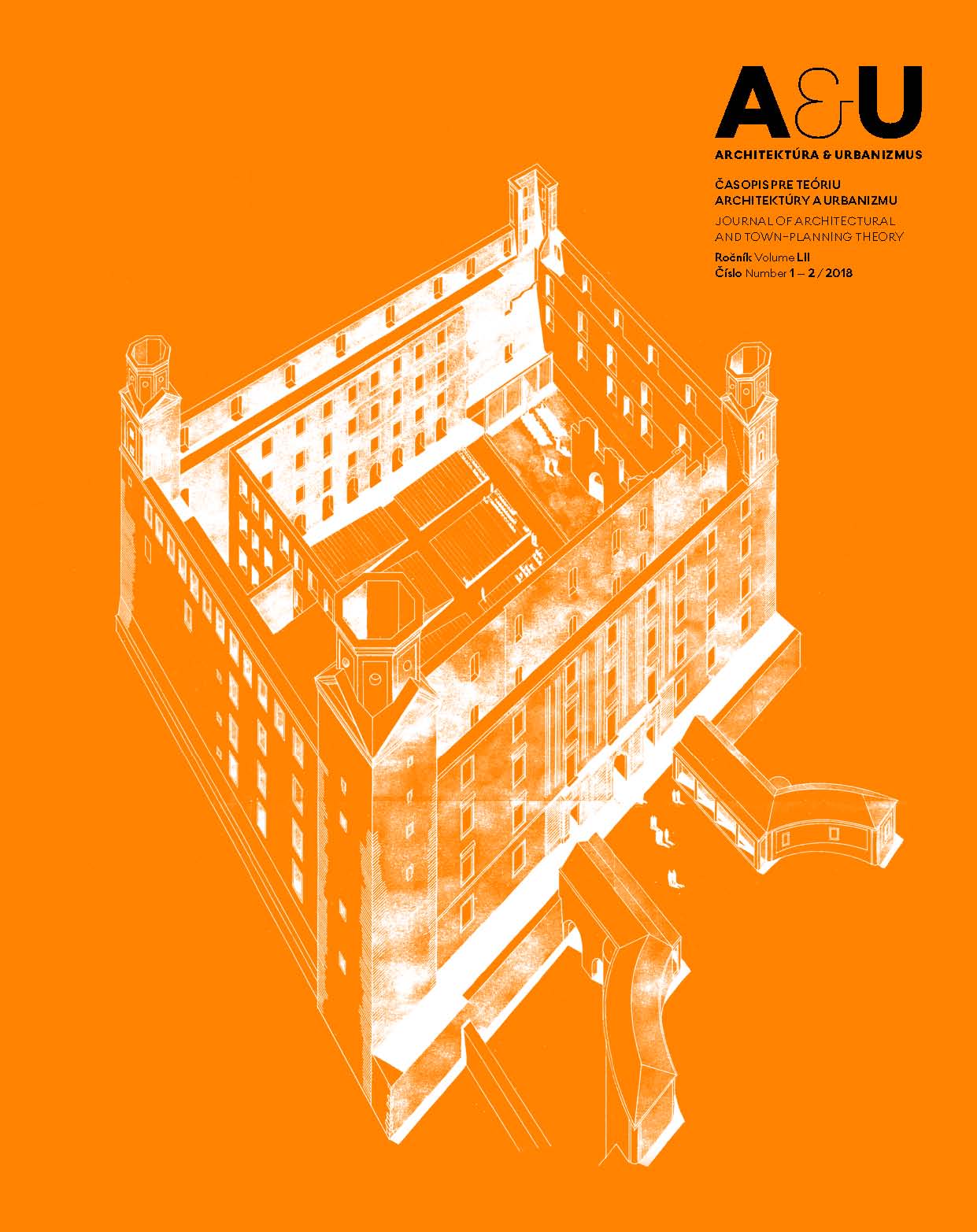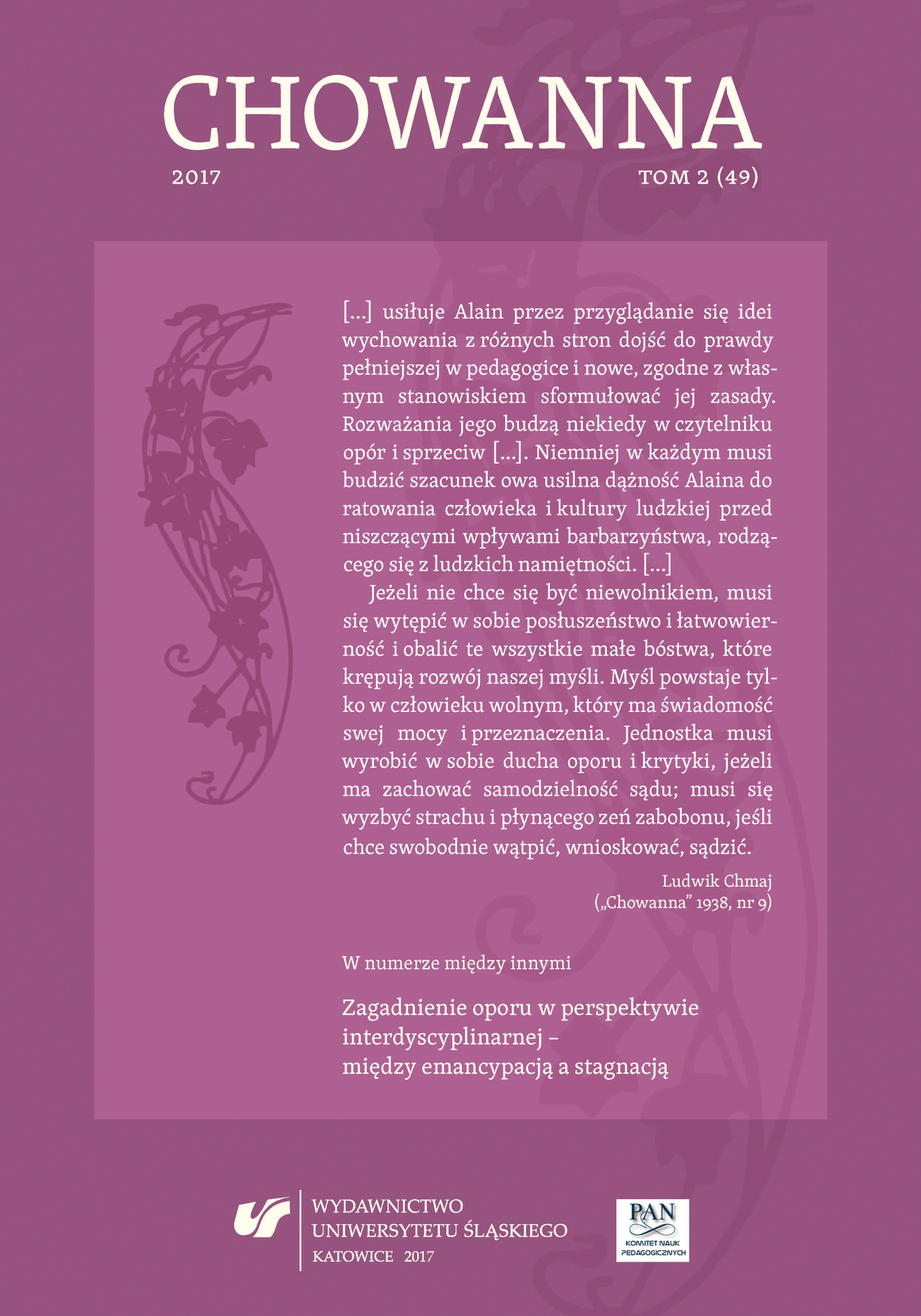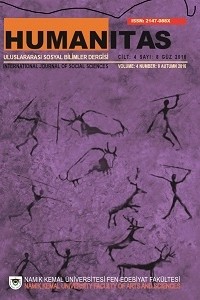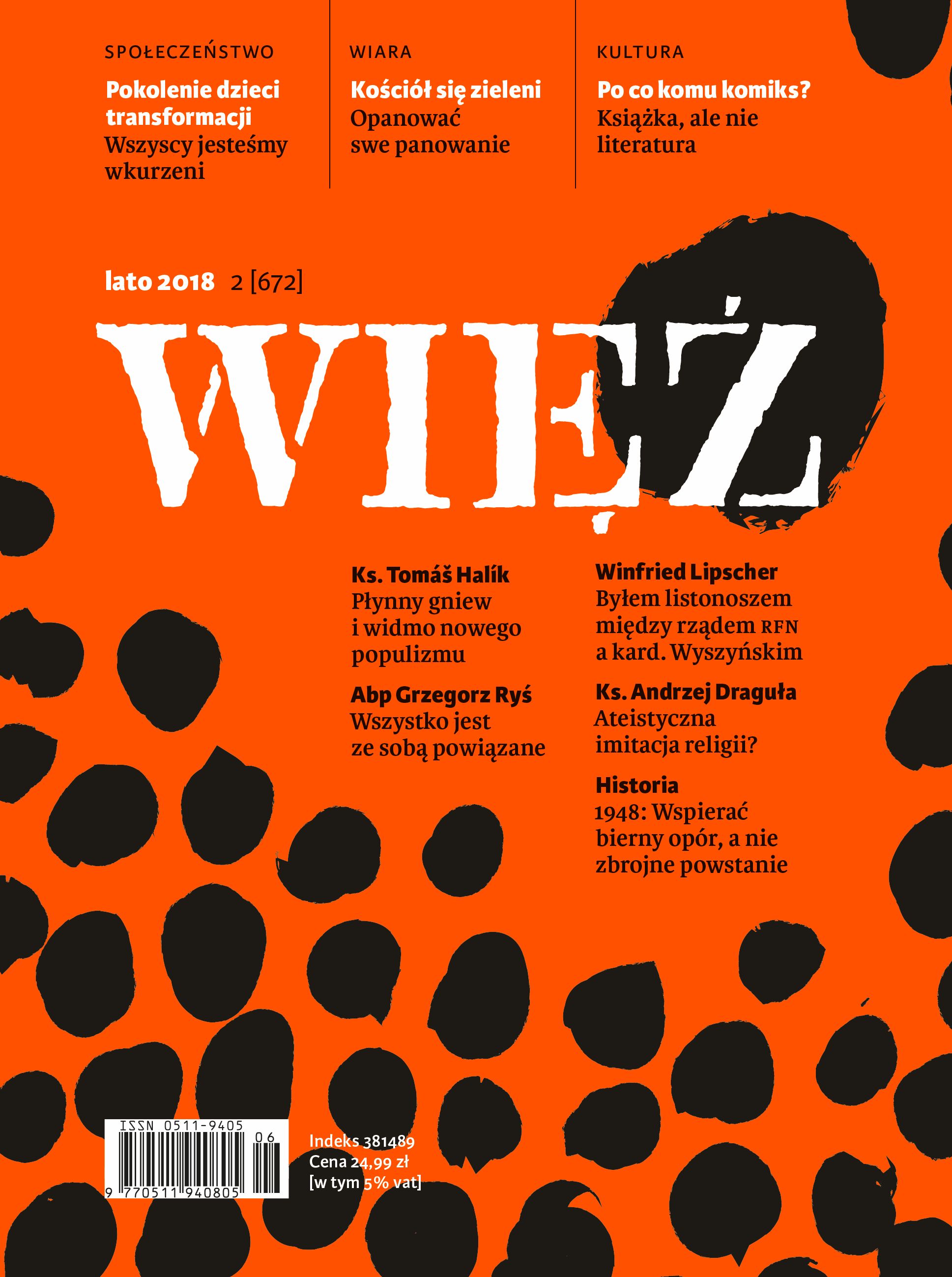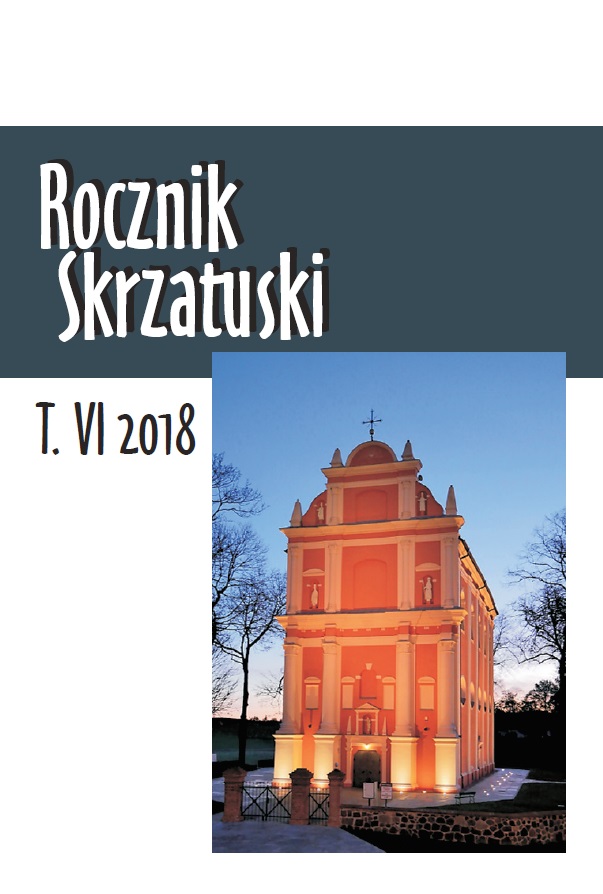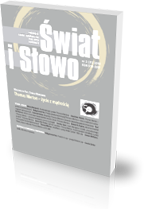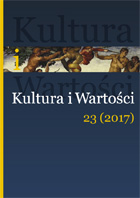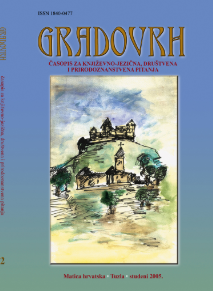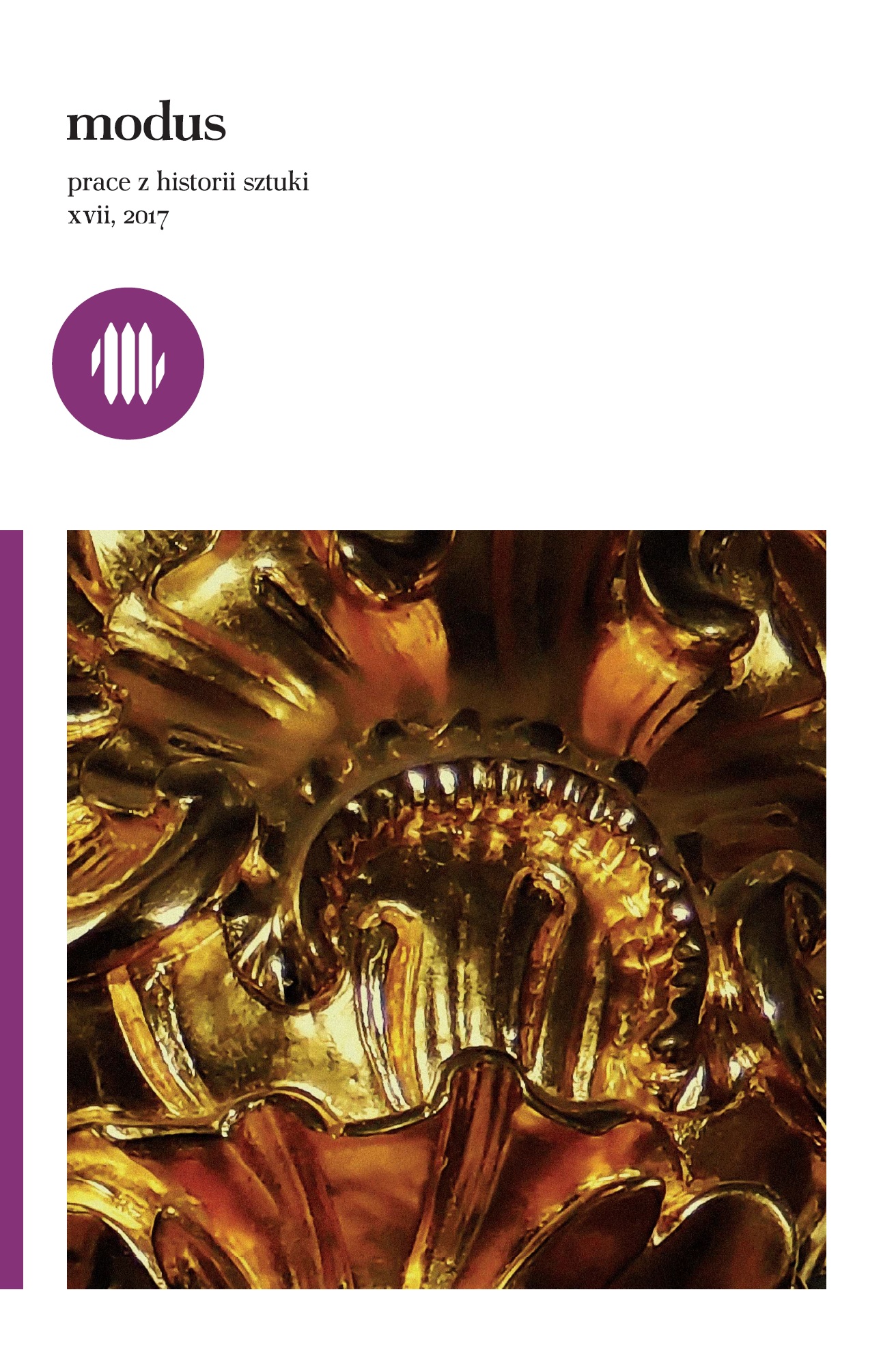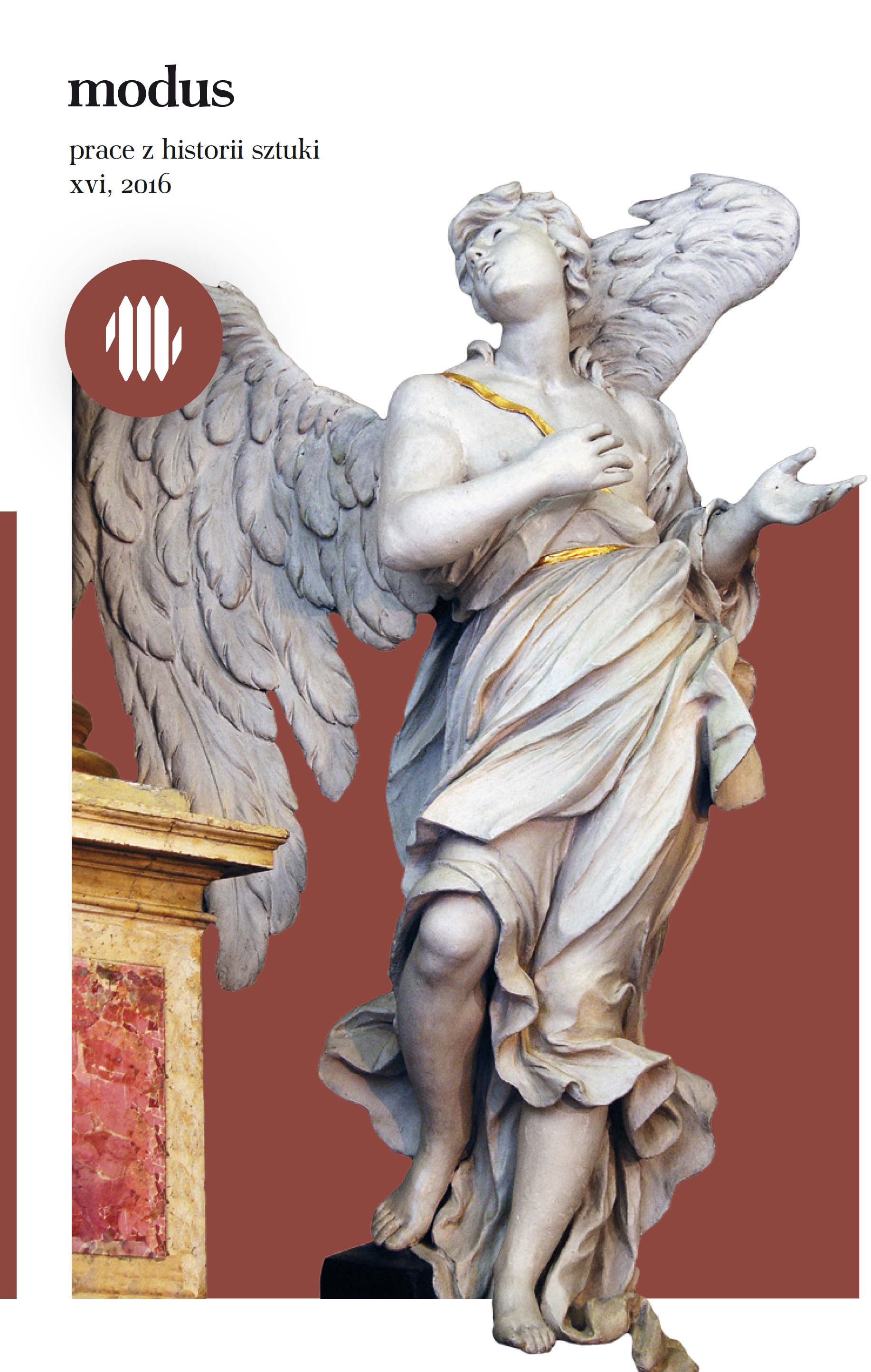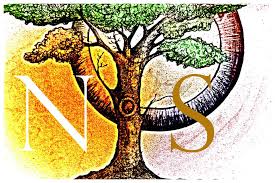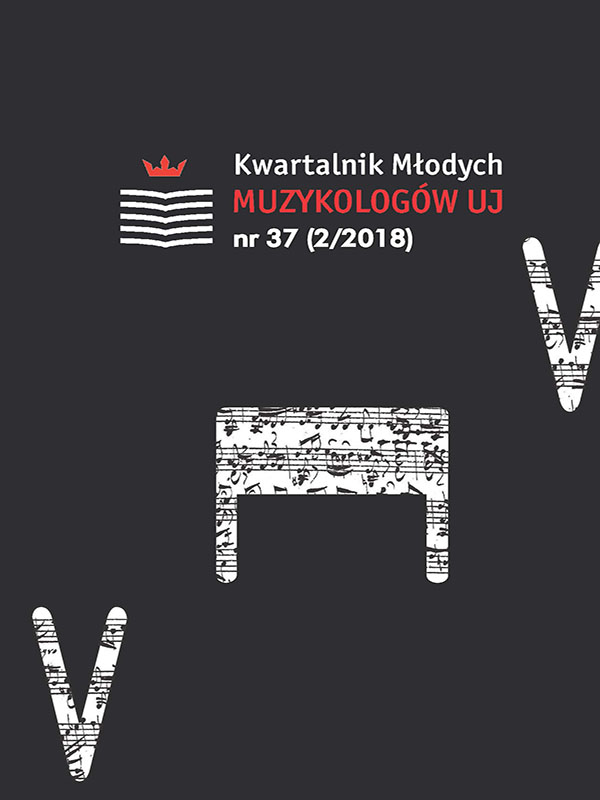
Spór i dialektyka wyznań religijnych w Responsorium et Hymnus Felixa Mendelssohna
This essay aims at discussing the problem of Felix Mendelssohn’s attitude towards different religions shown in his choral piece Responsorium et Hymnus Op. 121 for male choir with cello and double bass. Considering the arguments concerning composer’s self-identity provided by Jeffrey Sposato, we could interpret the Lutheran chorale appearing at the end of this Catholic liturgical work as means by which Mendelssohn tried to manifest his Lutheran faith and therefore to criticize Catholicism.However, if we examine more carefully the very end of this composition, we would find that the musical material, characteristic for each faith, form a dialectical and dynamic relation. It seems that – instead of criticizing Catholicism – Felix showed the possibility and the necessity of different faiths to coexist, which, according to the idea of religious pluralism andtolerance proposed by composer’s grandfather, Moses Mendelssohn, is the only way to discover religious truth. At the end of this paper, I would like to propose that the reception history of Felix Mendelssohn’s work and life from the post-Wagnerian and anti-semitic criticism to so-called Mendelssohn Renaissance in the second half of 20th century also went through a dialectic course. We cannot fully understand and interpret them without taking a multi-aspect view.
More...
